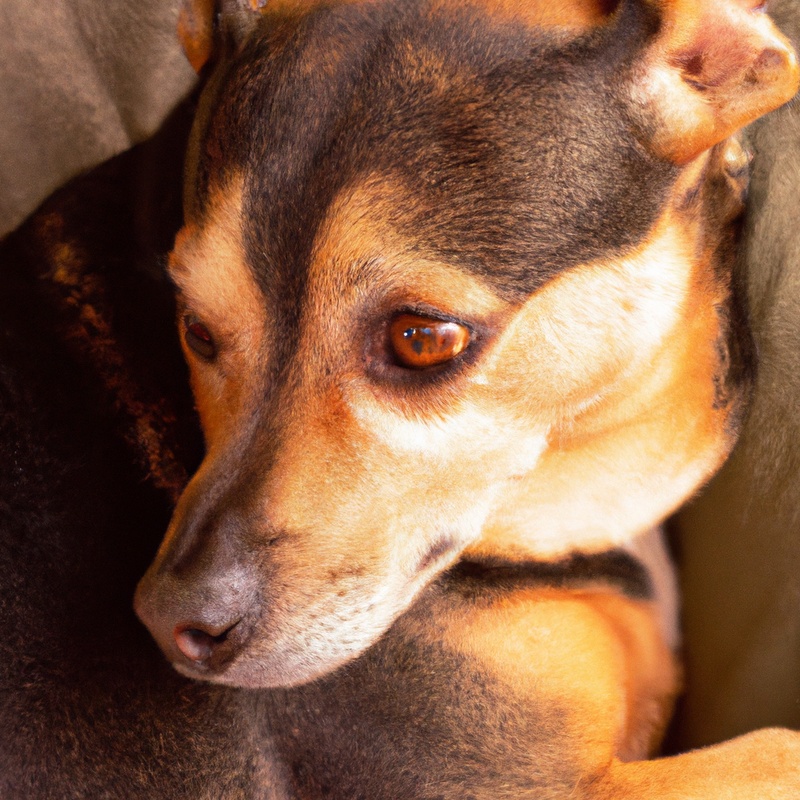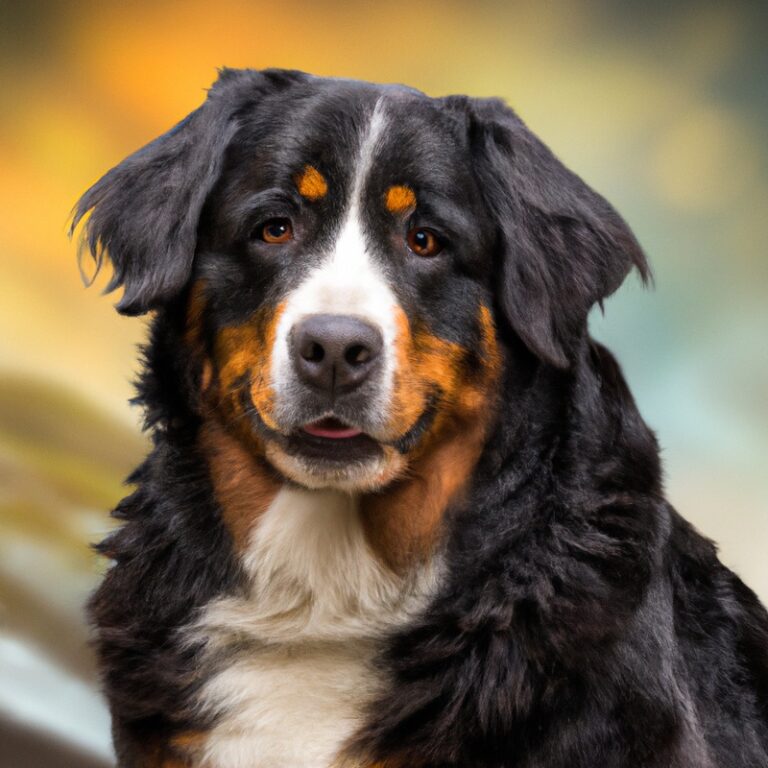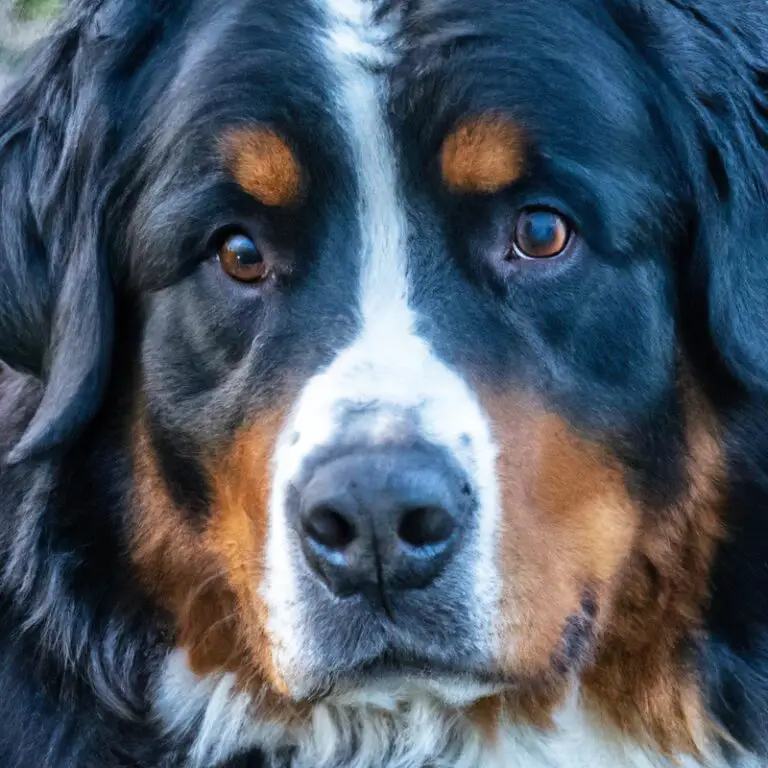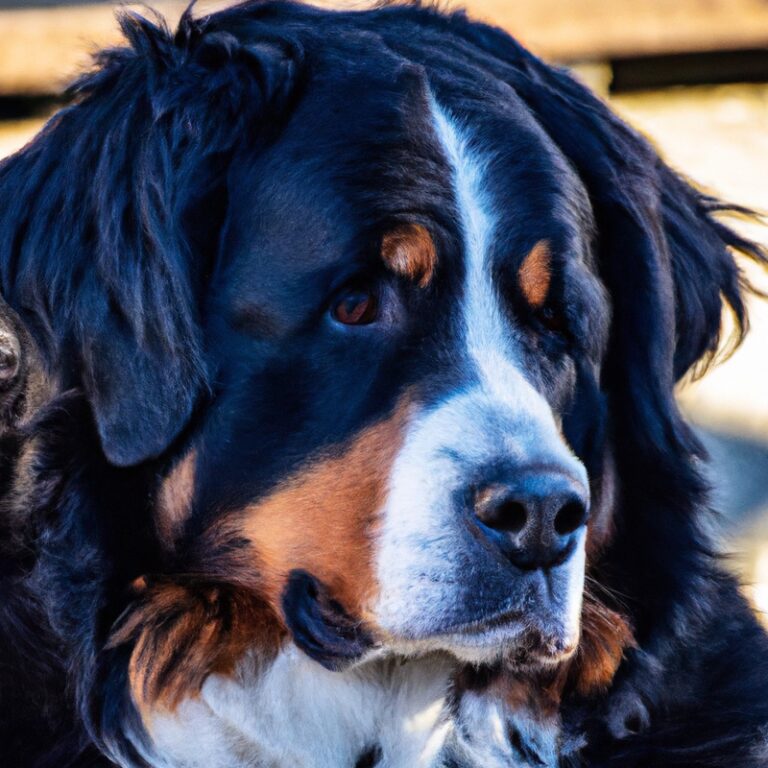How Much Shedding Can I Expect From a Bernese Mountain Dog?
Key Takeaways:
- You can expect a moderate amount of shedding from a Bernese Mountain Dog throughout the year.
- They have a double coat that requires regular grooming to minimize shedding.
- Shedding tends to increase during seasonal changes and can be more noticeable during spring and fall.
- Proper nutrition, regular brushing, and professional grooming can help manage shedding in Bernese Mountain Dogs.
Have you ever cuddled with a Bernese Mountain Dog and found yourself covered in a blanket of fur? If so, you’re not alone.
As an expert on Bernese Mountain Dogs, I’m here to shed some light on their shedding habits.
These majestic canines, known for their gentle temperament and striking appearance, have a thick double coat that naturally sheds throughout the year. But fear not, there are ways to manage their shedding and keep your home fur-free.
So, if you’re wondering just how much shedding to expect from a Bernese Mountain Dog and how to control it, keep reading!
| Shedding Level | Description |
|---|---|
| Low | Minimal shedding: Bernese Mountain Dogs have a low shedding level. They typically shed only a small amount throughout the year. Regular grooming can help minimize shedding. |
| Moderate | Seasonal shedding: Some Bernese Mountain Dogs may have a moderate shedding level. They might experience more shedding during the change of seasons, commonly spring and fall. |
| High | Heavy shedding: Although not common, some Bernese Mountain Dogs may have a high shedding level. These dogs may shed heavily throughout the year and require more grooming and maintenance. |
Understanding Bernese Mountain Dogs
Overview of Bernese Mountain Dogs
Bernese Mountain Dogs are a large, sturdy breed known for their friendly nature and beautiful appearance.
They have a thick, double coat that requires regular grooming to keep it in good condition.
These dogs shed moderately throughout the year, with heavier shedding occurring twice a year during seasonal changes.
Regular brushing can help minimize the amount of loose hair in your home.
Bernese Mountain Dogs are generally healthy, but they are prone to certain health issues, including hip and elbow dysplasia, so regular vet check-ups are important.
These dogs have a calm and gentle temperament, making them great family pets.
They are also good with children and other animals.
Bernese Mountain Dogs require regular exercise and mental stimulation to keep them happy and healthy.
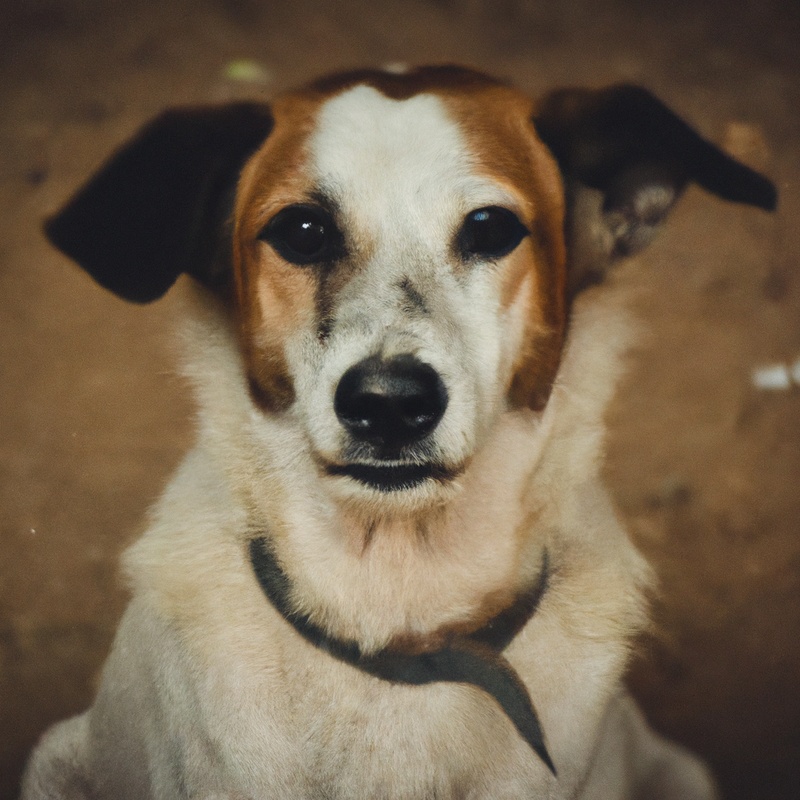
Origin and history
Origin and history: The Bernese Mountain Dog, or Berner for short, hails from Switzerland. They were originally bred to work on farms, herding livestock and pulling carts.
This breed has a history that dates back hundreds of years, with evidence of their existence as early as the 1700s.
Today, Bernese Mountain Dogs are beloved family pets known for their gentle nature, loyalty, and versatility. They continue to be cherished for their original purpose on the farms, as well as for their beauty and wonderful companionship.

Characteristics and temperament
When it comes to characteristics and temperament, Bernese Mountain Dogs are known for being gentle, affectionate, and loyal.
They are great family dogs and get along well with children and other pets.
Bernese Mountain Dogs are also intelligent and eager to please, making them relatively easy to train.
However, they can be prone to separation anxiety and may require plenty of exercise and mental stimulation to keep them happy.
Shedding is a common trait of Bernese Mountain Dogs, so regular grooming is essential to keep their coat looking its best.
Overall, they are lovable and devoted companions.
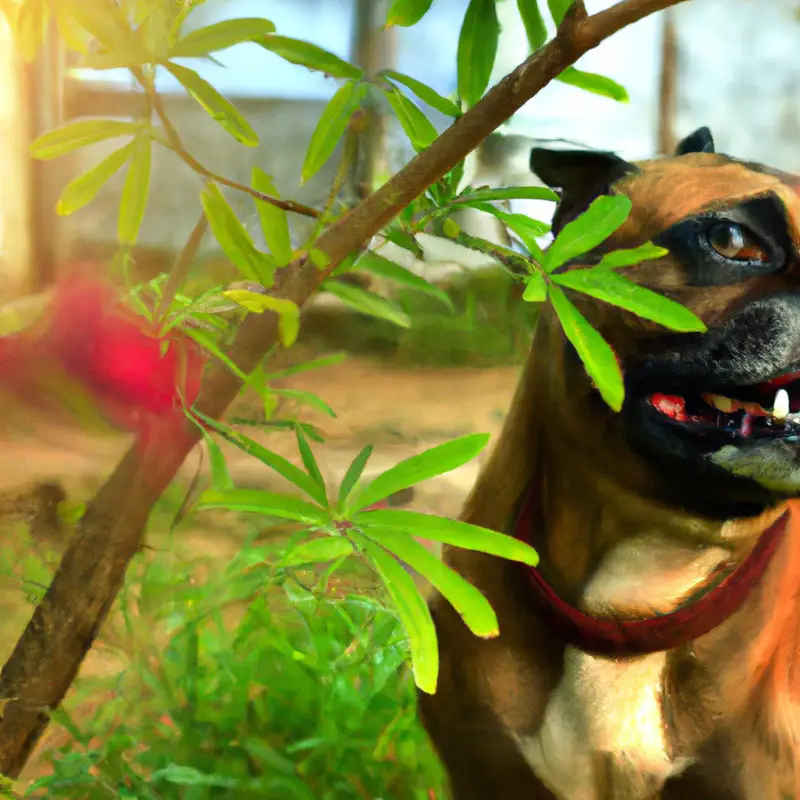
Shedding in Bernese Mountain Dogs
Shedding as a natural process
Shedding in Bernese Mountain Dogs is a natural process that occurs year-round. It is important to understand that all dogs shed, some more than others.
Shedding helps dogs get rid of old or damaged fur and allows new fur to grow.
Bernese Mountain Dogs have a double coat, with a dense undercoat and a longer outer coat. This means that they shed more than breeds with a single coat.
Regular brushing and grooming can help minimize shedding by removing loose fur and preventing matting.
Bathing with dog-friendly shampoo can also help keep the coat healthy and reduce shedding.
Understanding the shedding cycle
Understanding the shedding cycle of Bernese Mountain Dogs is important for managing their shedding. They have a double coat, meaning they have an undercoat and a longer topcoat.
The shedding cycle consists of three phases: growth, rest, and shedding.
During the growth phase, the hair follicles produce new hair. In the rest phase, the hair stops growing.
And during the shedding phase, the old hair falls out to make way for new growth.
Regular brushing can help manage shedding and keep your Bernese Mountain Dog’s coat healthy.
Factors influencing shedding
Many factors can influence the shedding of a Bernese Mountain Dog. Here are a few to consider:
- Breed genetics: Bernese Mountain Dogs have a double coat, with a longer outer coat and a dense undercoat. This combination makes them prone to shedding.
- Seasonal changes: Some Bernese Mountain Dogs may shed more heavily during certain seasons, such as spring and fall, to prepare for temperature changes.
- Health and nutrition: A healthy diet and proper grooming can help reduce excessive shedding. Ensure your dog is getting the right nutrients and regular check-ups.
- Stress levels: Stress can contribute to increased shedding in dogs. Keep your Bernese Mountain Dog happy and calm to minimize shedding.
- Lifestyle and environment: Dogs that spend a lot of time outdoors or have exposure to allergens may experience more shedding. Regular cleaning of their living space can help manage shedding.
Remember, shedding is a natural process for dogs, including Bernese Mountain Dogs. It’s important to find a grooming routine that works for you and your furry friend.
Seasonal shedding patterns
Seasonal shedding patterns vary among Bernese Mountain Dogs.
They typically have two heavy shedding seasons, usually in the spring and fall.
During these times, you can expect increased shedding and may need to brush your dog more frequently to manage the amount of loose fur.
Regular grooming can help minimize shedding, but it’s important to remember that shedding is a natural process for this breed.
It’s best to embrace their beautiful fur and be prepared for some extra fur cleanup during shedding seasons.
Shedding during spring
Shedding during spring is a common occurrence in Bernese Mountain Dogs. This breed has a thick double coat that helps protect them in cold weather, but also leads to increased shedding during warmer months.
Regular brushing helps to manage the shedding by removing loose fur and preventing matting.
Additionally, a healthy diet and proper grooming can help minimize excessive shedding. Providing your Bernese Mountain Dog with a comfortable and clean environment will also contribute to reducing shedding during spring.
Shedding during fall
Shedding during fall can be more noticeable in Bernese Mountain Dogs. As the seasons change, their coats may respond by shedding more heavily.
During this time, you can expect an increase in loose hair around your home.
Regular brushing can help manage the shedding and prevent mats from forming in their long fur. Additionally, providing a healthy diet and ensuring they stay hydrated can also contribute to maintaining a healthy coat.
Managing Shedding in Bernese Mountain Dogs
Regular grooming practices
Regular grooming practices for Bernese Mountain Dogs are essential to manage shedding and keep their coat healthy. Here are some tips:
- Brush your Bernese Mountain Dog’s coat at least once a week to remove loose hair and prevent matting.
- Use a slicker brush or a pin brush to reach the undercoat and remove any tangled hair.
- Bathe your dog every 6-8 weeks or as needed, using a gentle dog shampoo.
- Trim the nails regularly to maintain paw health and prevent any discomfort.
- Clean your dog’s ears regularly to prevent dirt and debris buildup.
- Use a deshedding tool during shedding seasons to remove excess hair.
Importance of brushing
Brushing your Bernese Mountain Dog regularly is essential for several reasons.
Firstly, brushing helps to remove loose fur from their coat, reducing shedding around your home.
This can help to keep your house cleaner and minimize allergies.
Secondly, brushing promotes healthy skin and coat by distributing natural oils, preventing matting and tangling.
It also allows you to spot any skin issues or parasites early on.
Lastly, regular brushing is an opportunity for bonding with your dog.
It can be a calming and enjoyable experience for both of you.
So, grab a brush and give your Bernese Mountain Dog some love and care!
Choosing the right grooming tools
Choosing the right grooming tools for your Bernese Mountain Dog is essential for managing their shedding. Here are the tools you’ll need:
- A slicker brush: This brush has fine, short wires close together, which helps to remove loose hair and tangles.
- A deshedding tool: This tool is specifically designed to remove the undercoat and reduce shedding.
- A comb with wide and narrow teeth: The wide teeth are for removing tangles, while the narrow teeth help to groom the fur.
- Nail clippers or a grinder: Keeping your dog’s nails trimmed is important for their overall health.
- Ear cleaning solution and cotton balls: Regularly cleaning your dog’s ears helps prevent infections.
Remember to choose high-quality tools that are appropriate for your Bernese Mountain Dog’s coat type and size. Regular grooming sessions will not only help control shedding but also keep your dog’s coat healthy and shiny.
Bathing techniques
Bathing your Bernese Mountain Dog is an important part of their grooming routine. Here are some bathing techniques to keep in mind:
- Frequency: Bathe your Bernese Mountain Dog every 2 to 3 months or as needed. Over-bathing can strip their coat of natural oils.
- Brushing: Before bathing, brush your dog’s coat to remove any tangles or mats. This will make the bathing process easier and more effective.
- Shampoo: Use a dog-specific shampoo that is gentle on their skin and coat. Avoid using human shampoos as they can be too harsh.
- Water temperature: Use lukewarm water for bathing. Too hot or too cold water can be uncomfortable for your dog.
- Thorough rinsing: Make sure to rinse your dog’s coat thoroughly to remove all the shampoo. Leftover shampoo can cause skin irritation.
- Drying: Towel dry your dog after the bath, ensuring you remove as much excess water as possible. You can also use a blow dryer on a low-heat setting if your dog tolerates it.
Remember, patience and gentle handling during the bathing process will make it a more pleasant experience for both you and your Bernese Mountain Dog.
Frequency and products
Frequency of shedding in Bernese Mountain Dogs can vary, but they typically shed moderately throughout the year with heavier shedding during seasonal changes.
Regular brushing can help manage shedding and keep your dog’s coat healthy.
In terms of products, consider using a deshedding tool, slicker brush, and a high-quality dog shampoo to help reduce shedding and keep your Bernese Mountain Dog’s coat in good condition.
Diet and nutrition
When it comes to diet and nutrition for your Bernese Mountain Dog, it’s important to provide a balanced and high-quality diet.
Choose a dog food that is specifically formulated for large breeds, as this will meet their nutritional needs.
Incorporate a mix of protein, carbohydrates, and healthy fats in their diet.
Avoid overfeeding to prevent weight gain.
Additionally, ensure your dog has access to fresh water at all times.
Consulting with a veterinarian can help you determine the best diet plan for your Bernese Mountain Dog.
The role of nutrition in coat health
Nutrition plays a significant role in maintaining the health of a Bernese Mountain Dog’s coat. A balanced diet that provides essential nutrients like omega-3 and omega-6 fatty acids, vitamins, and minerals can promote a healthy, shiny coat.
Foods rich in these nutrients include salmon, flaxseed, and eggs.
Additionally, avoiding processed foods with artificial additives can also contribute to a healthier coat. It’s important to consult with a veterinarian to determine the best diet for your Bernese Mountain Dog.
Essential nutrients for healthy hair
To maintain healthy hair in your Bernese Mountain Dog, make sure they receive a well-balanced diet rich in essential nutrients.
Here are some key nutrients to consider:
- Protein: High-quality protein is crucial for hair growth and maintenance. Include lean meats, fish, and eggs in your dog’s diet.
- Omega-3 fatty acids: These healthy fats help improve hair health and reduce shedding. Consider adding sources like fish oil or flaxseed to their diet.
- Vitamins and minerals: A variety of vitamins, such as A, C, and E, along with minerals like zinc and biotin, promote overall hair health. Look for dog foods formulated with these added nutrients.
- Hydration: Keeping your pet well-hydrated supports healthy hair growth. Ensure fresh water is always available.
Remember, a balanced diet with the right nutrients is essential for healthy hair in your Bernese Mountain Dog.
Consult with your veterinarian for personalized recommendations.
Frequently Asked Questions
How much do Bernese Mountain Dogs shed?
Bernese Mountain Dogs shed quite heavily due to their thick double coat. You can expect them to shed year-round, with two major shedding seasons during spring and fall.
During these times, you may notice increased fur loss.
Regular grooming and brushing can help minimize shedding, but it’s important to note that Bernese Mountain Dogs will still leave behind some hair. Be prepared to do some vacuuming and regular cleaning to keep your home tidy.
Are there any hypoallergenic Bernese Mountain Dogs?
No, there are no hypoallergenic Bernese Mountain Dogs. Bernese Mountain Dogs are known for their thick, double coats that shed quite a bit, especially during seasonal changes.
This shedding can trigger allergies in sensitive individuals, as the hair carries dander.
Regular grooming and brushing can help manage the shedding, but it’s important to be aware that Bernese Mountain Dogs are not hypoallergenic.
Can grooming reduce shedding in Bernese Mountain Dogs?
Grooming can help reduce shedding in Bernese Mountain Dogs.
Regular brushing and bathing can help remove loose hairs and prevent them from ending up all over your furniture and clothes.
Using grooming tools like de-shedding brushes and combs can also help remove excess hair.
Additionally, keeping your dog’s coat and skin healthy by using appropriate shampoos and conditioners can minimize shedding.
Just remember to be gentle and patient while grooming your Bernese Mountain Dog to make it a positive experience for both of you.
How often should I bathe my Bernese Mountain Dog?
You should bathe your Bernese Mountain Dog about once every two to three months. This breed has a thick double coat that helps protect them from the elements, so regular bathing is not necessary and can actually strip their coat of its natural oils.
However, if your Bernese Mountain Dog gets particularly dirty or smelly, you can give them a bath as needed.
It’s important to use a dog-specific shampoo and to dry them thoroughly afterwards to prevent any skin issues.
What is the best way to control shedding in Bernese Mountain Dogs?
The best way to control shedding in Bernese Mountain Dogs is through regular grooming. Brushing your dog’s coat at least once a week will help remove loose hair and prevent it from getting all over your home.
Additionally, consider using a de-shedding tool specifically designed for dogs with thick coats.
Regular baths using a quality dog shampoo can also help minimize shedding. Remember to consult a professional groomer for more specific grooming tips tailored to your Bernese Mountain Dog’s needs.
Final Verdict
Shedding is a natural and inevitable process for Bernese Mountain Dogs. Understanding their shedding cycle, seasonal patterns, and factors that influence shedding can help us manage it effectively.
Regular grooming practices, such as brushing with the right tools and bathing techniques, play a crucial role in controlling shedding.
Additionally, ensuring a well-balanced diet and providing essential nutrients contributes to maintaining a healthy coat. While Bernese Mountain Dogs do shed moderately, implementing these strategies can significantly reduce shedding and keep their coats looking their best.
Trust me, as an expert in Bernese Mountain Dogs, these methods have proven to be effective in managing shedding.

